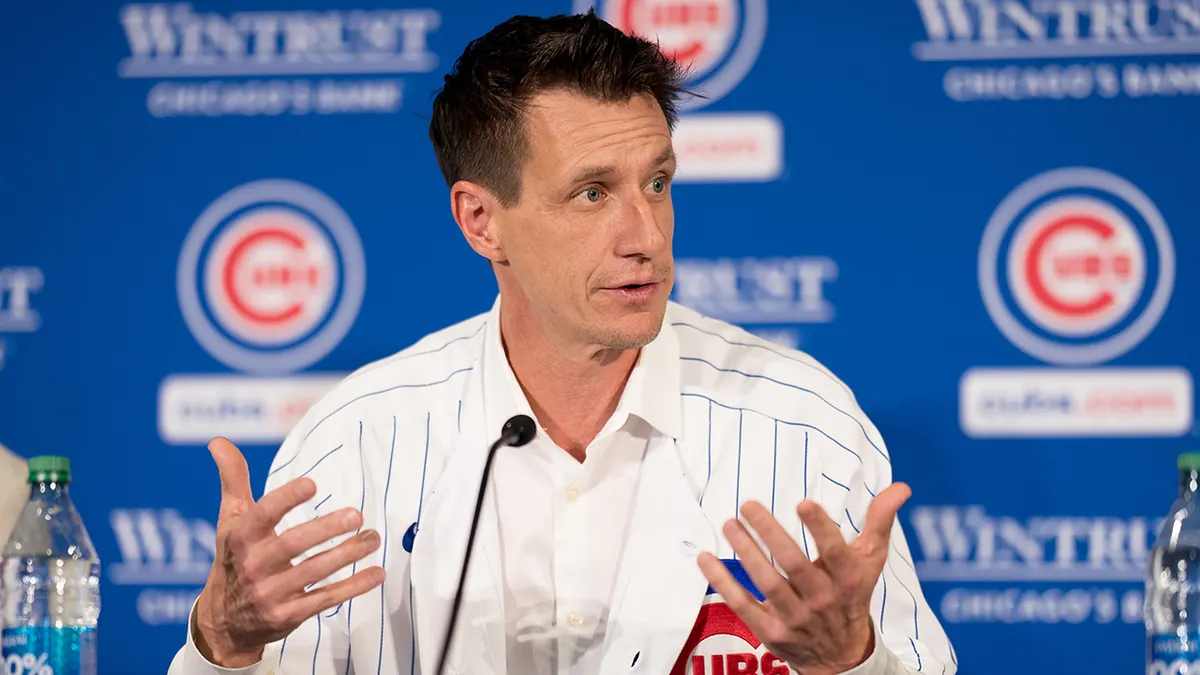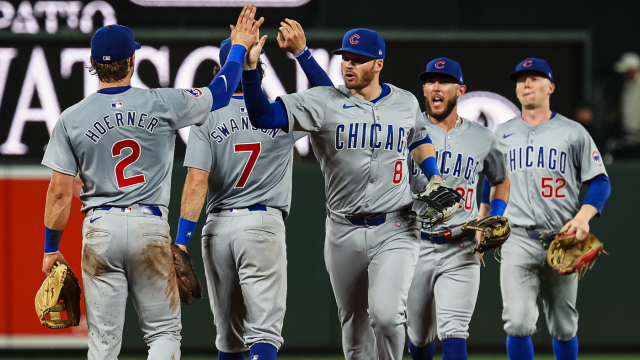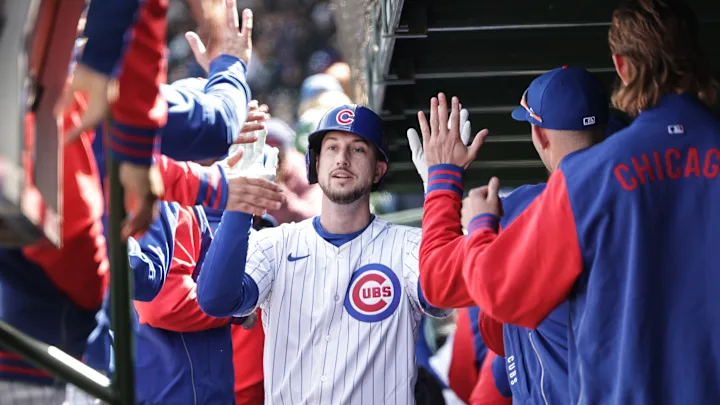Javier Assad’s return to the Chicago Cubs’ rotation is in question after he potentially suffered a setback during his rehab start on Tuesday. The 27-year-old right-hander had been progressing well from a mild left oblique strain that sidelined him earlier this season. However, during his second rehab appearance for Triple-A Iowa, Assad left the game before the fifth inning after grabbing at his side while warming up. This unexpected issue raises doubts about his readiness to rejoin the Cubs’ rotation, especially with the team already coping with Justin Steele’s season-ending injury.
Before leaving the game, Assad had thrown four solid innings, allowing two runs and striking out five batters. In his first rehab start on April 15, he had impressed with a strong outing, allowing just one run over 3 1/3 innings. Given his performance, it seemed that Assad was on track to make a timely return to the major leagues. However, this recent setback complicates the Cubs’ pitching plans.
Assad initially suffered the oblique strain in February, and the Cubs had hoped for a quick recovery. His strong numbers last season — including a 3.73 ERA over 147 innings — made him a key part of their rotation. The Cubs had been counting on Assad to fill a gap in the rotation while Steele remains out, but now his status is uncertain. The Cubs will need to monitor his injury closely and reassess his recovery timeline.

With Steele now out for the season, the Cubs find themselves in need of a reliable starter. Assad had been a promising candidate to step in, but this recent development forces the team to consider other options. The Cubs are facing a challenging situation, and they may need to make additional roster moves or look to other pitchers in their system to fill the void left by Steele’s injury.
The Cubs are expected to continue evaluating Assad’s condition in the coming days to determine if he can make a return soon or if further rehab will be necessary. In the meantime, the team’s pitching staff remains in flux as they look for solutions to maintain their rotation depth.



